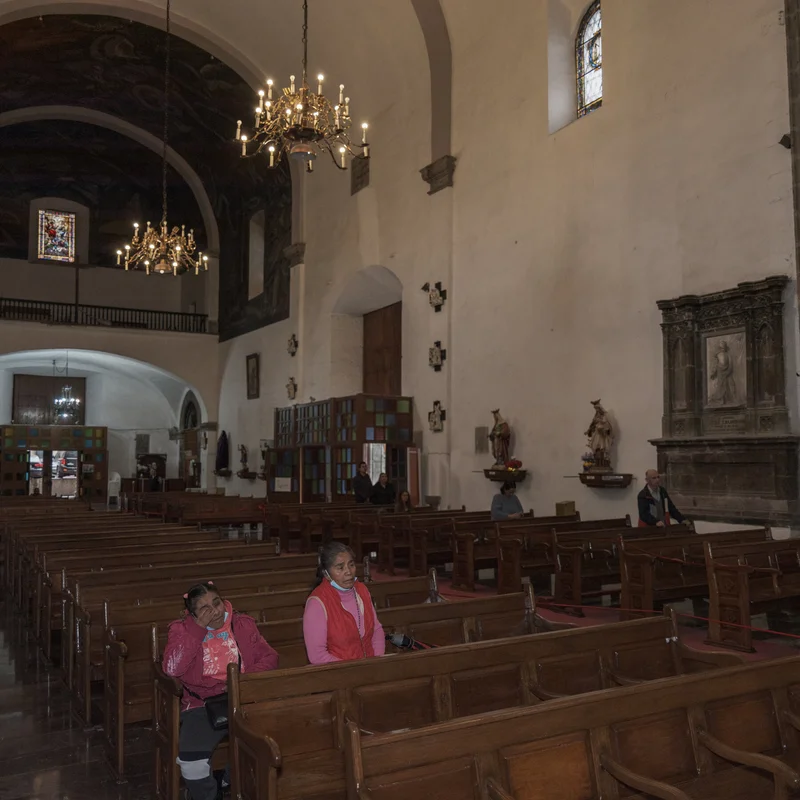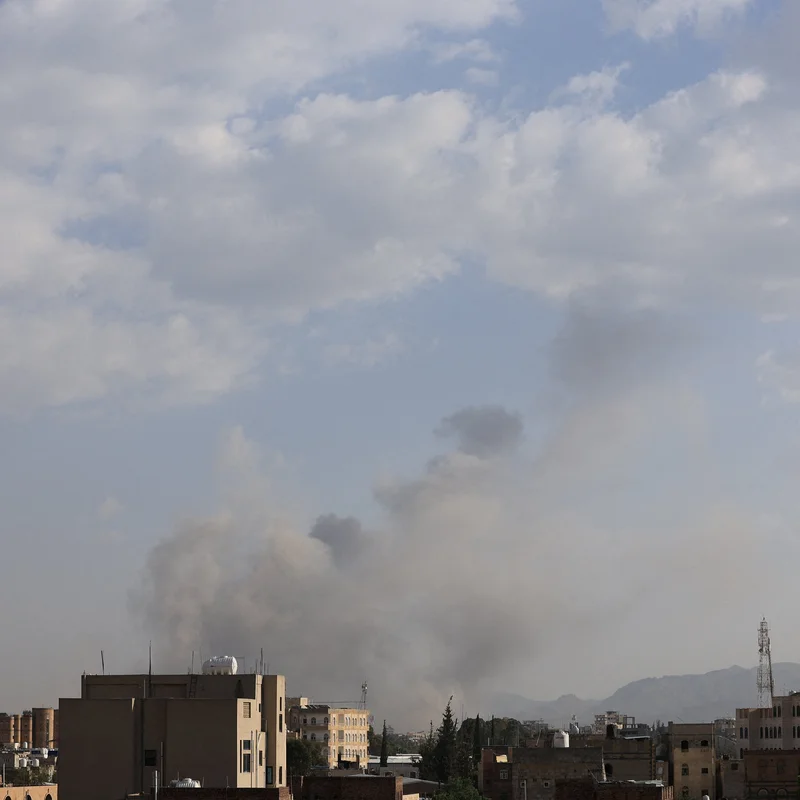In the heart of Mexico City, beneath broken stained-glass windows and amid piles of urban debris, lies the final resting place of one of history’s most controversial figures: Hernán Cortés. The Spanish conquistador who toppled the Aztec Empire in 1521 is buried in the modest Church of Jesus the Nazarene—a site now marked more by neglect than reverence .
For many Mexicans, Cortés symbolizes centuries of colonial violence, cultural erasure, and systemic inequality. His tomb’s current state—overlooked, trash-strewn, and adjacent to a decaying hospital he once founded—mirrors the nation’s ongoing reckoning with its colonial past and strained relations with Spain .
A Symbol of Contested Memory
Unlike Mexico’s grand monuments to national heroes like Benito Juárez or Emiliano Zapata, Cortés’s burial site receives little attention. Few tourists visit. Even fewer locals pay homage. Instead, the plaza outside has become a gathering spot for pro-cannabis activists, and the church’s shadow is used by unhoused residents for shelter .
Key Events in Cortés’s Conquest of Mexico
- 1519: Cortés lands on the Gulf Coast with 500 men and begins alliance-building with Indigenous groups opposed to the Aztecs.
- 1520: La Noche Triste—Spanish forces are driven out of Tenochtitlán after a brutal uprising.
- 1521: After a months-long siege, Cortés captures Tenochtitlán, ending the Aztec Empire.
- 1547: Cortés dies in Spain; his remains are later moved to Mexico City in the 16th century.
Modern Tensions: From Reparations to Repatriation
Cortés’s legacy remains politically charged. In 2021, on the 500th anniversary of the fall of Tenochtitlán, Mexican President Andrés Manuel López Obrador formally requested that Spain apologize for colonial-era atrocities—a request Madrid declined .
“We’re not asking for forgiveness,” López Obrador clarified, “but for a recognition of historical truth.”
Public Perception of Cortés in Mexico Today
| Demographic | View of Cortés | Primary Concern |
|---|---|---|
| Indigenous Communities | Symbol of genocide and land theft | Historical justice and land rights |
| Urban Youth | Largely indifferent or critical | Decolonizing public space and education |
| Historians & Academics | Complex figure requiring nuanced study | Balancing historical impact with ethical judgment |
The Tomb’s Physical and Symbolic Decay
The Church of Jesus the Nazarene, ordered built by Cortés himself in the 1520s, now suffers from chronic underfunding and disrepair. An eerie, unfinished mural of the Apocalypse looms near his crypt. A small red plaque—barely noticeable—reads: “In this temple rest the remains of the conquistador, Hernán Cortés.”
“It’s not just neglect—it’s deliberate distancing,” said one cultural historian. “Mexico has chosen to remember Cortés not with statues, but with silence.”
Broader Implications for North American Readers
For audiences in the U.S. and Canada, Cortés’s story is a powerful parallel to ongoing debates about Confederate monuments, residential schools, and the removal of colonial symbols. Like those conversations, Mexico’s treatment of Cortés reflects a society actively re-evaluating who gets memorialized—and why .
As global movements push for historical accountability, the state of Cortés’s tomb offers a quiet but potent lesson: how a nation treats its past reveals much about its present values.
For more on historical memory and public monuments, see our feature on [INTERNAL_LINK:decolonizing public spaces in North America].




